Jogey
Member
- Messages
- 1
- Location
- Manchester
I've always had new builds before so am new to this.
So when viewing (with a view to buying) a semi built between 1930 to 1949 I came across some cracks in the living room wall and ceiling and also 2 damp areas on the kitchen and toilet on the ground floor
at the bottom of the wall near the floor. Please see the attached pictures.
The house has been vacant for a while and my questions are:
1) Do the cracks possibly signify subsidence or are they superficial and can be dealt with with filler and paint.
2) Do the damp areas also show signs of dry rot? Is it possible that dry rot or other fungus could have spread to the timber in the suspended floors?
Could a structural survey find if there was dry rot under the floorboards even if they don't pull them up? Thanks.
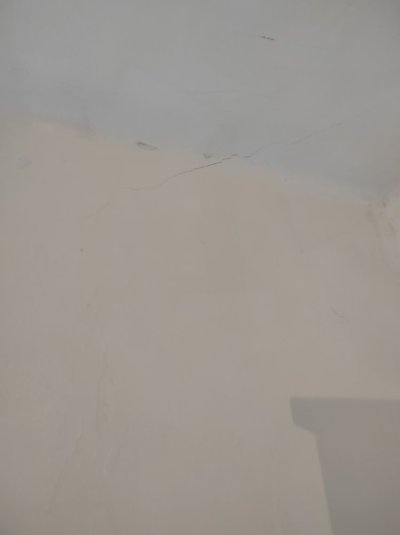 floors.
floors. 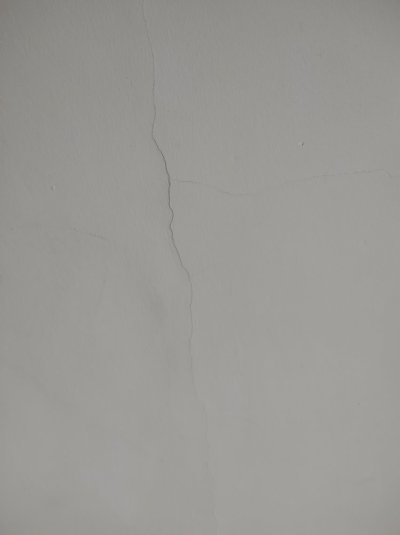
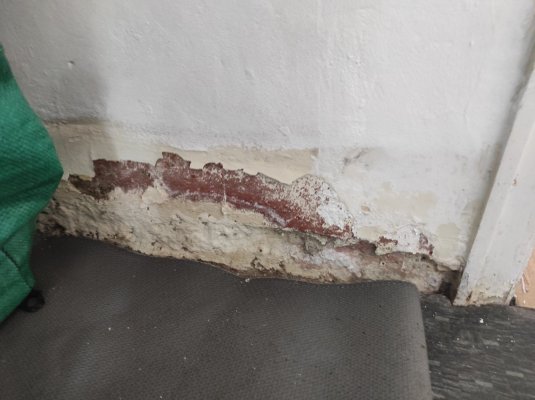
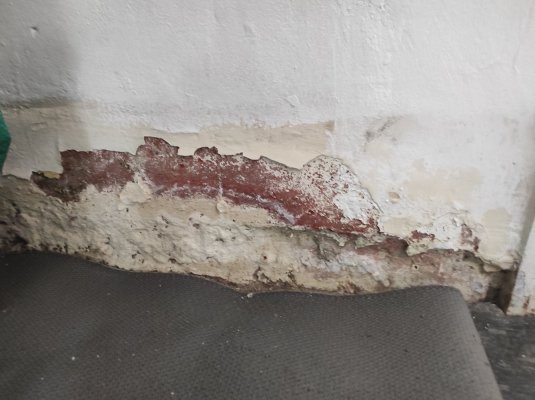
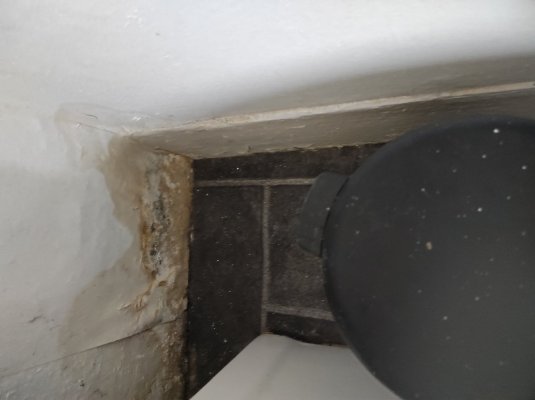
So when viewing (with a view to buying) a semi built between 1930 to 1949 I came across some cracks in the living room wall and ceiling and also 2 damp areas on the kitchen and toilet on the ground floor
at the bottom of the wall near the floor. Please see the attached pictures.
The house has been vacant for a while and my questions are:
1) Do the cracks possibly signify subsidence or are they superficial and can be dealt with with filler and paint.
2) Do the damp areas also show signs of dry rot? Is it possible that dry rot or other fungus could have spread to the timber in the suspended floors?
Could a structural survey find if there was dry rot under the floorboards even if they don't pull them up? Thanks.
 floors.
floors. 



